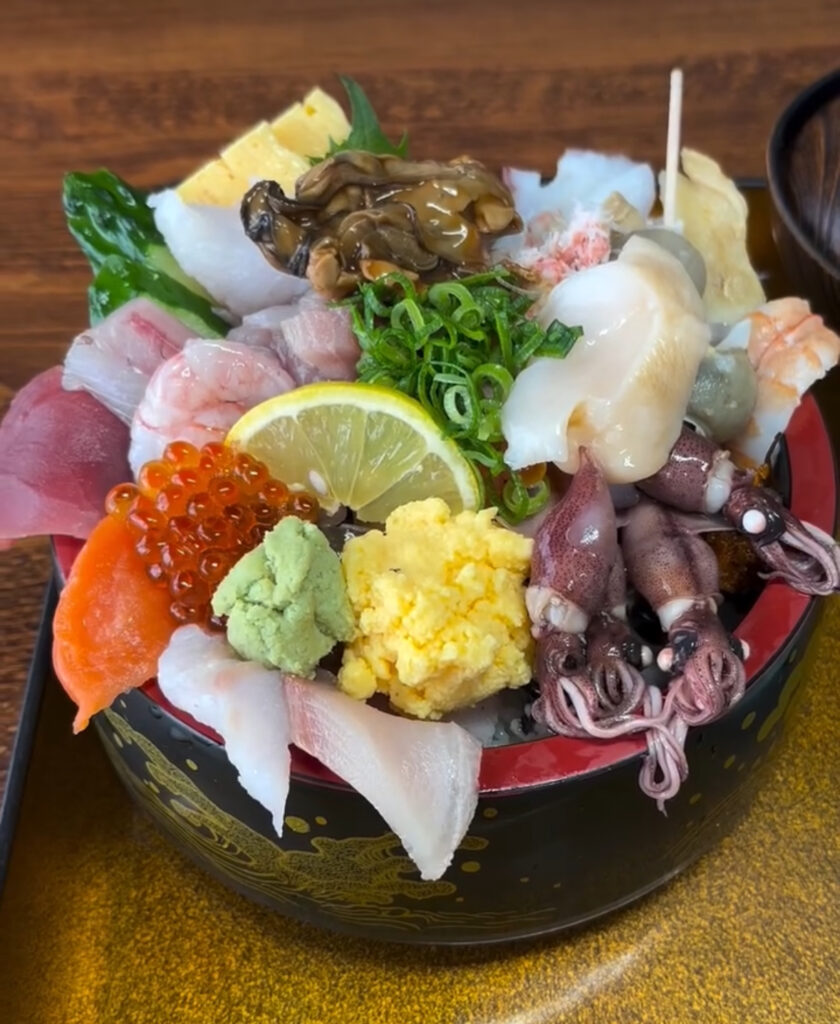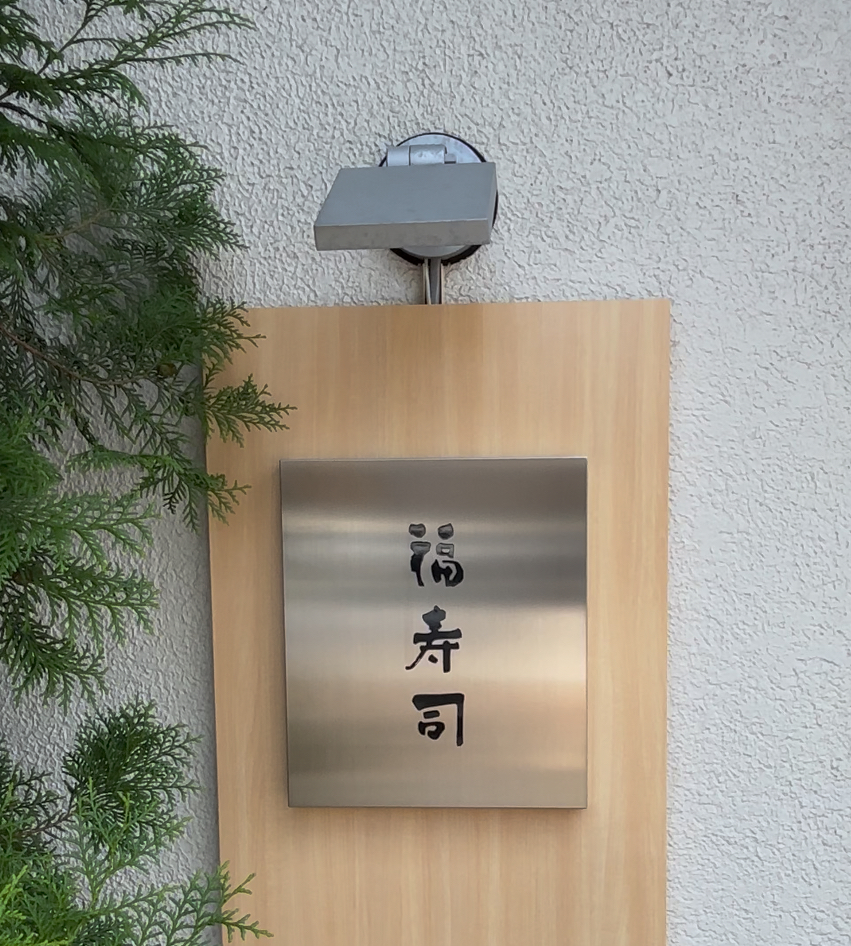Contents
- 1 Introduction: Japan’s Culinary Map
- 2 Hokkaido: The Northern Harvest
- 3 Tohoku: Comfort from the Cold
- 4 Kanto: Tokyo’s Melting Pot
- 5 Kansai: Where Flavor Meets Fun
- 6 Chugoku & Shikoku: Hidden Treasures
- 7 Kyushu & Okinawa: The Soul of the South
- 8 Why Regional Japan Matters Globally
- 9 Conclusion: One Country, Infinite Flavors
Introduction: Japan’s Culinary Map
Beyond sushi and ramen lies a Japan most of the world has never tasted. Each region of the country—its mountains, coasts, islands, and cities—tells its own story through food. From Kyoto’s delicate kaiseki to Okinawa’s vibrant island dishes, Japan’s regional cuisine reveals not just flavor, but identity. To travel Japan by taste is to discover a living museum of culture, tradition, and innovation.
Hokkaido: The Northern Harvest
Japan’s northernmost island is a paradise for seafood lovers and dairy enthusiasts. Cold waters nurture crab, scallops, and salmon, while vast farmlands produce rich milk and butter. Dishes like kaisendon (seafood rice bowl) and miso ramen embody Hokkaido’s bold, hearty spirit. In winter, hot bowls of soup curry and grilled corn warm both body and soul.
Tohoku: Comfort from the Cold
In Japan’s northeast, long winters inspired comforting cuisine. Kiritanpo from Akita—grilled rice sticks served in chicken broth—is the ultimate soul food. Miyagi’s zunda mochi, made from sweet edamame paste, reflects the region’s gentle balance of simplicity and care. These are foods born from resilience, community, and a deep connection to the land.
Kanto: Tokyo’s Melting Pot
Tokyo and its neighboring prefectures represent Japan’s culinary crossroads. From tempura in Edo times to today’s fusion izakaya, Kanto blends sophistication with accessibility. Street eats like monjayaki (savory pan-fried batter) coexist with Michelin-starred sushi counters, showing that Japanese cuisine is both democratic and refined.
Kansai: Where Flavor Meets Fun
In Osaka and Kyoto, food is celebration. Osaka’s okonomiyaki and takoyaki showcase humor and creativity—“the kitchen of Japan” at play. Meanwhile, Kyoto’s kaiseki tradition reflects grace, precision, and seasonality. Together they capture Japan’s dual spirit: joyful indulgence and elegant restraint.
Chugoku & Shikoku: Hidden Treasures
In Hiroshima, okonomiyaki takes on a layered identity, stacked with noodles and sauce. Across the Inland Sea, Shikoku offers sanuki udon—thick, springy noodles that have achieved near-religious devotion. Small islands here produce citrus like yuzu and sudachi, flavors that now define Japan’s modern cuisine abroad.
Kyushu & Okinawa: The Soul of the South
Kyushu is bold—rich pork broths in Hakata ramen, spicy karashi mentaiko (cod roe), and shochu distilled from sweet potatoes. Okinawa, Japan’s tropical outlier, tells another story: goya champuru (stir-fried bitter melon) and rafute (braised pork belly) reflect a blend of Ryukyuan, Chinese, and American influences. These southern flavors carry a rhythm all their own.
Why Regional Japan Matters Globally
As travelers seek authenticity, Japan’s local dishes offer something global chains never can—roots. They represent the wisdom of place, the art of preservation, and the joy of seasonality. For the world, regional Japan is more than culinary tourism—it’s a lesson in sustainability, identity, and storytelling through food.
Conclusion: One Country, Infinite Flavors
To eat across Japan is to experience harmony in diversity. Each prefecture speaks a different dialect of flavor, yet together they compose a single poem about care, craft, and culture. These regional dishes deserve global attention not because they are exotic, but because they remind us of something universal—the beauty of eating locally, with gratitude.


